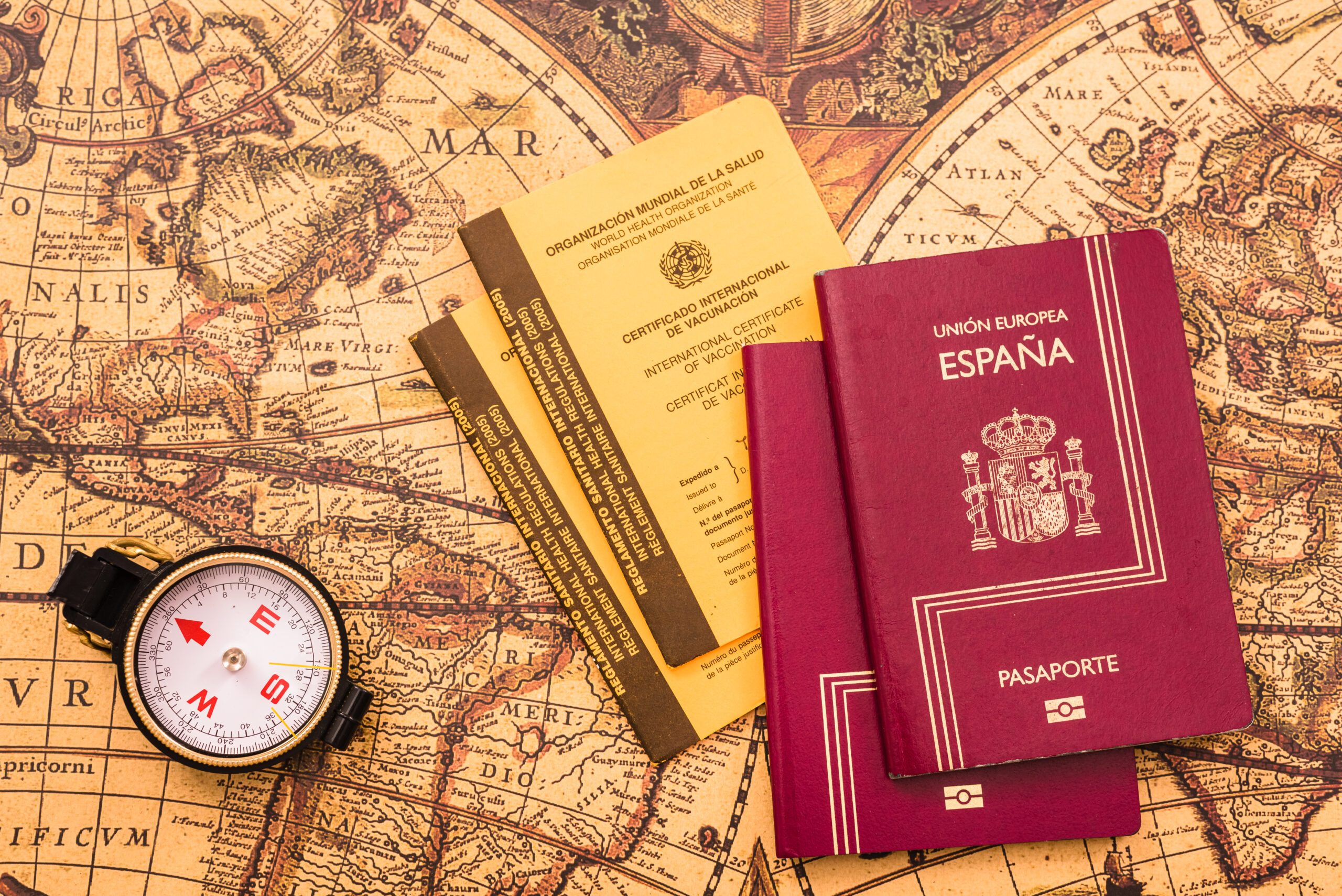Spanish Cuisine: Exploring Best 5 Dishes and Culinary Arts
Spanish cuisine stands as one of the most ancient and celebrated culinary traditions globally, offering a remarkable variety of flavors that reflect the rich Spanish culture. It’s renowned for its use of fresh and natural ingredients, making it one of the healthiest and most appealing diets worldwide. Over time, Spanish cuisine has left a lasting influence on international culinary landscapes, with many of its dishes becoming staples in restaurants across the globe. In this article, we embark on a journey through the heart of Spanish gastronomy, exploring its rich history, essential ingredients, and iconic dishes that have garnered global fame.
The History of Spanish Cuisine
The history of Spanish cuisine is deeply intertwined with the country’s diverse cultural and historical heritage. Over centuries, Spain’s culinary traditions have been shaped by the various civilizations that have influenced the Iberian Peninsula, including the Romans, Moors, and North Africans. Each of these cultures introduced new ingredients, cooking techniques, and flavors that contributed to the development of a unique culinary fusion.
For instance, the Moorish influence, particularly during their long reign in the southern regions of Spain, brought spices like saffron and cumin into everyday Spanish dishes. These flavors became staples in classic recipes, giving Spanish food a distinctive taste that resonates across the Mediterranean.
In the medieval period, Spanish cuisine evolved further under the influence of Christian and Jewish cooking traditions. Each of these cultures added its touch to Spanish food, creating a rich tapestry of tastes. Following the discovery of the Americas, a variety of new ingredients, such as tomatoes, potatoes, and chili peppers, found their way into Spanish kitchens, transforming the nation’s culinary landscape once again and adding new layers of complexity and flavor to traditional dishes.
Key Ingredients in Spanish Cooking
Spanish cuisine is characterized by the simplicity and freshness of its ingredients. Olive oil, fresh vegetables, aromatic herbs, meats, and seafood are the cornerstones of Spanish cooking. Bread and wine are also essential parts of Spanish meals, often served as companions to nearly every dish.
Olive Oil:
Spain is the world’s largest producer of olive oil, particularly in the regions of Andalusia and Catalonia. Olive oil is the cornerstone of Spanish cooking, used for frying, sautéing, and dressing salads. Its rich flavor is considered one of the defining characteristics of Spanish cuisine.
Herbs and Spices:
A variety of herbs and spices, such as thyme, rosemary, and especially saffron, are key to the aromatic profile of Spanish dishes. Saffron, in particular, plays a central role in many Spanish recipes, including the famed paella. These herbs lend Mediterranean soul to the cuisine and give dishes their unique identity.
Seafood:
With Spain’s vast coastline and proximity to the sea on three sides, seafood naturally plays a vital role in its culinary traditions. From fish to shellfish, seafood dishes are incredibly diverse and vary by region. Shrimp, squid, octopus, and mussels are frequently found in coastal recipes, contributing to the rich seafood heritage of the country.
World-Famous Spanish Dishes
- Paella
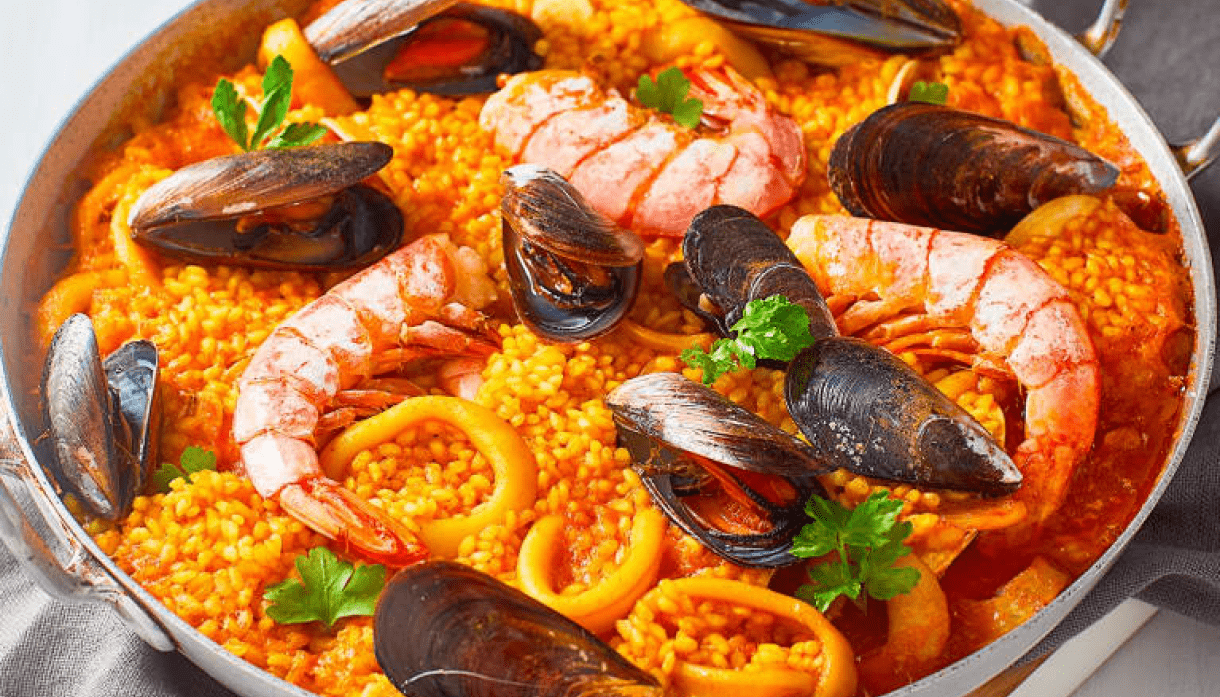 Perhaps the most internationally recognized Spanish dish, paella originates from the Valencia region. This traditional dish is made with rice, saffron, chicken, rabbit, and vegetables. In coastal regions, seafood variants featuring prawns, mussels, and calamari are equally popular. Paella is not just a meal but a symbol of Spanish hospitality, often served during large gatherings or family events.
Perhaps the most internationally recognized Spanish dish, paella originates from the Valencia region. This traditional dish is made with rice, saffron, chicken, rabbit, and vegetables. In coastal regions, seafood variants featuring prawns, mussels, and calamari are equally popular. Paella is not just a meal but a symbol of Spanish hospitality, often served during large gatherings or family events. - Tapas
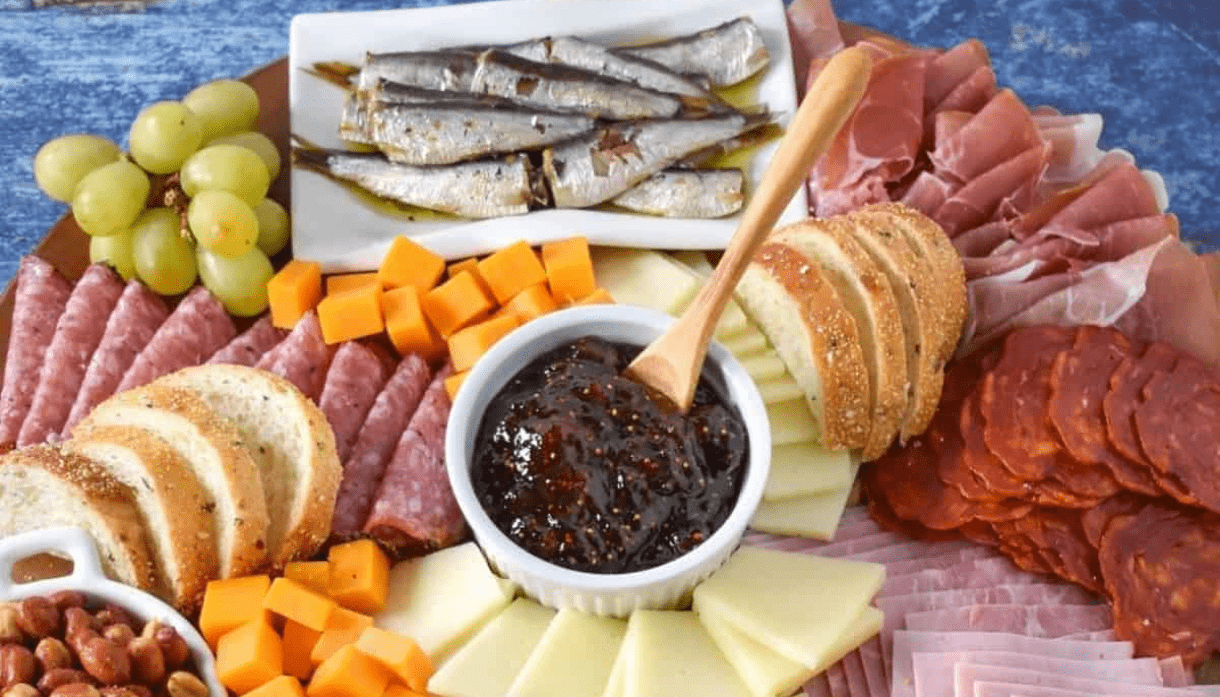 Tapas refer to a collection of small dishes served as appetizers or light meals. They range from simple olives to more elaborate dishes like grilled squid, cured ham, and stuffed peppers. Tapas are meant to be shared and are a central element of Spanish social life. The culture of tapas dining is widespread across Spain, allowing people to sample a wide variety of flavors in a single sitting. This tradition perfectly encapsulates the Spanish love for communal dining and lively conversation.
Tapas refer to a collection of small dishes served as appetizers or light meals. They range from simple olives to more elaborate dishes like grilled squid, cured ham, and stuffed peppers. Tapas are meant to be shared and are a central element of Spanish social life. The culture of tapas dining is widespread across Spain, allowing people to sample a wide variety of flavors in a single sitting. This tradition perfectly encapsulates the Spanish love for communal dining and lively conversation. - Gazpacho
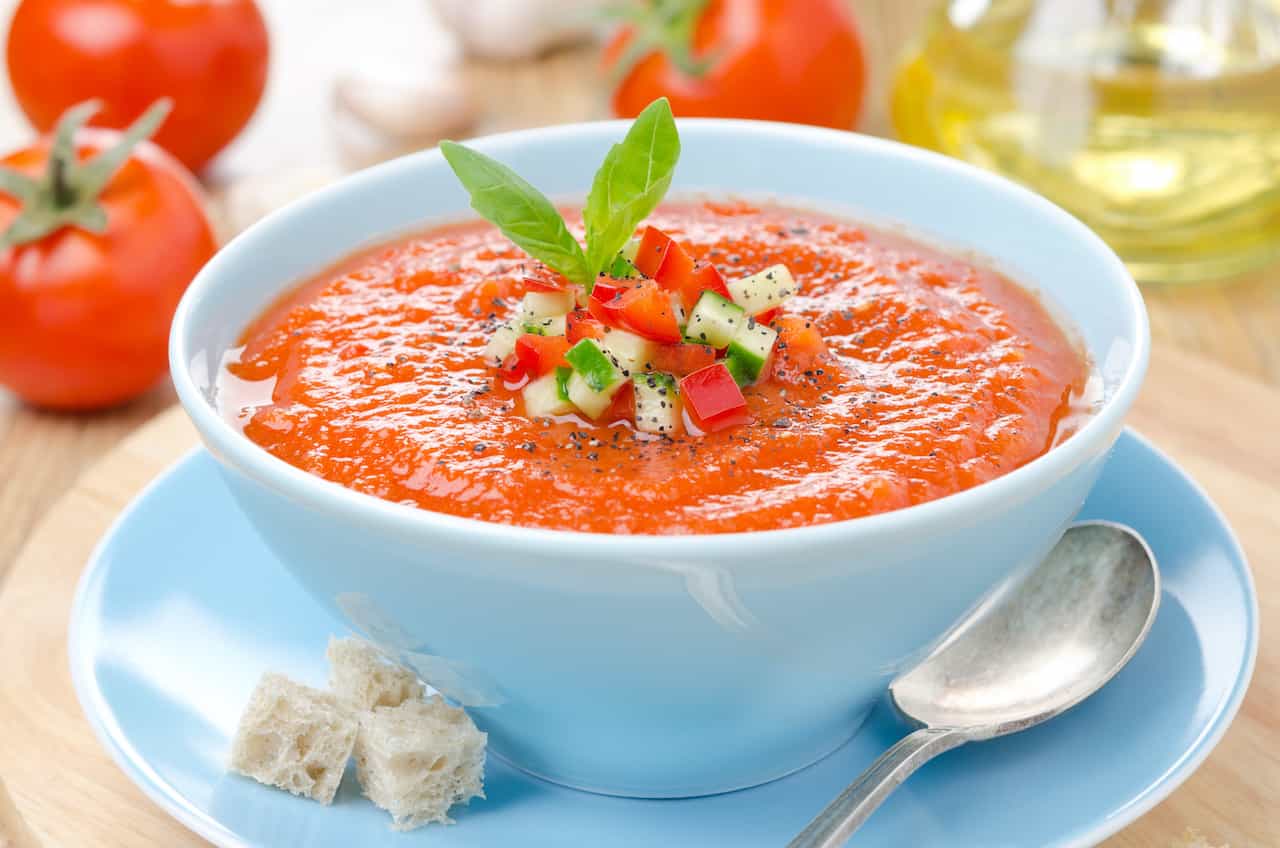 A refreshing cold soup made from tomatoes, peppers, cucumbers, and onions, gazpacho is a favorite summer dish, especially in the southern region of Andalusia. It has gained global recognition for its health benefits and its simple yet vibrant flavor. Gazpacho represents the heart of Spanish cuisine’s reliance on fresh, natural ingredients and its commitment to healthful eating.
A refreshing cold soup made from tomatoes, peppers, cucumbers, and onions, gazpacho is a favorite summer dish, especially in the southern region of Andalusia. It has gained global recognition for its health benefits and its simple yet vibrant flavor. Gazpacho represents the heart of Spanish cuisine’s reliance on fresh, natural ingredients and its commitment to healthful eating. - Tortilla Española
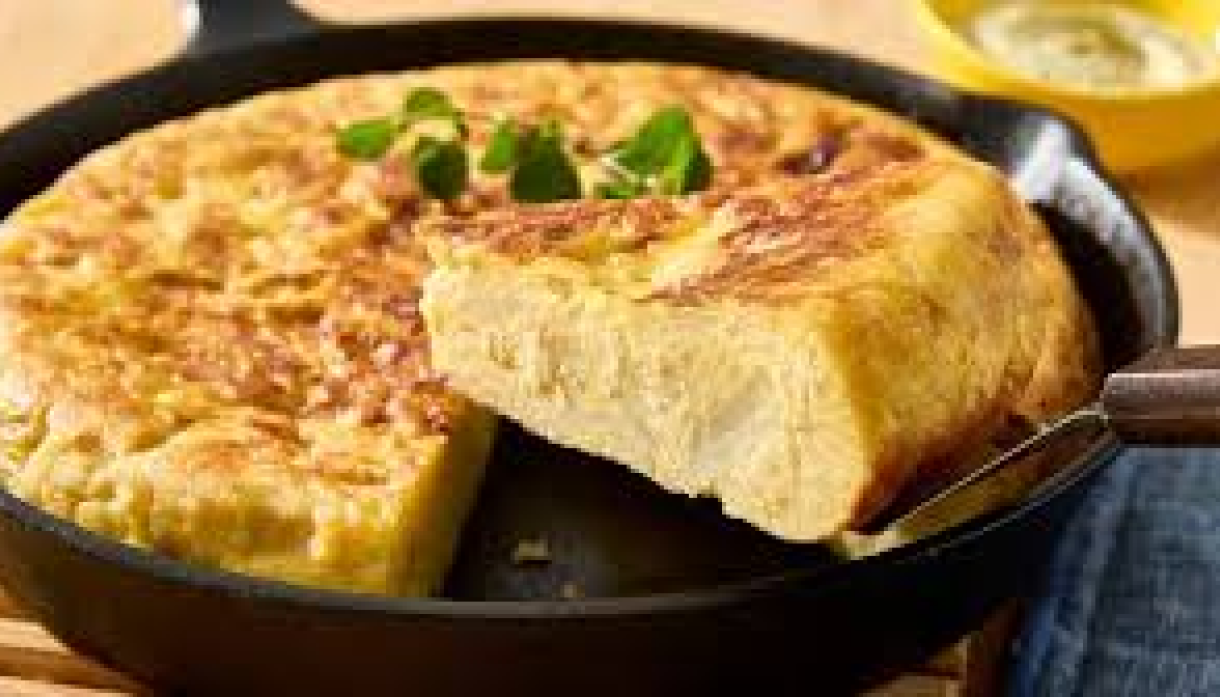 Often referred to as a Spanish omelette, tortilla española is made from eggs, potatoes, and onions. It can be served as a light snack or a main course and is beloved for its versatility. While the basic recipe remains consistent, many variations exist, with some adding vegetables or sausage to enrich the dish.
Often referred to as a Spanish omelette, tortilla española is made from eggs, potatoes, and onions. It can be served as a light snack or a main course and is beloved for its versatility. While the basic recipe remains consistent, many variations exist, with some adding vegetables or sausage to enrich the dish. - Jamón
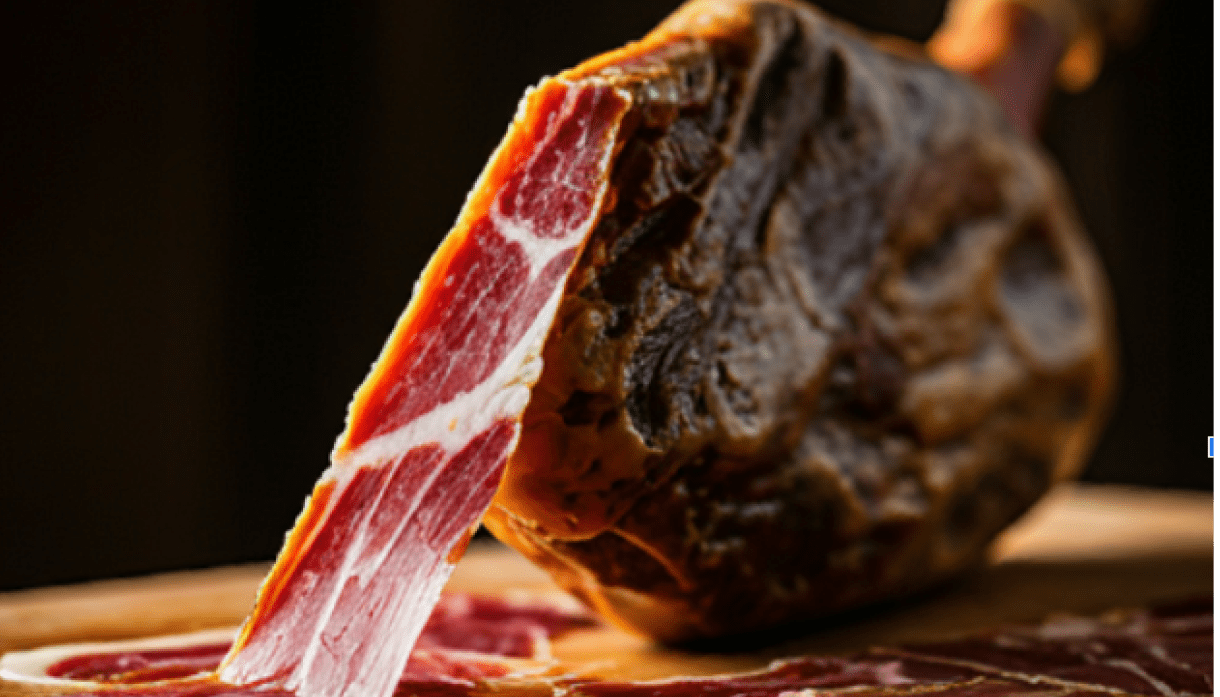 Spain’s jamón (cured ham) is famous worldwide for its rich taste and texture. Two main varieties exist: Jamón Serrano and Jamón Ibérico, both prized for their distinct flavor profiles and traditional curing processes. Jamón is often served in thin slices, sometimes as part of a tapas spread, and pairs beautifully with bread and olive oil.
Spain’s jamón (cured ham) is famous worldwide for its rich taste and texture. Two main varieties exist: Jamón Serrano and Jamón Ibérico, both prized for their distinct flavor profiles and traditional curing processes. Jamón is often served in thin slices, sometimes as part of a tapas spread, and pairs beautifully with bread and olive oil.
Regional Variations in Spanish Cuisine
One of the defining features of Spanish cuisine is its immense regional diversity. Spain’s distinct geographic and climatic zones have resulted in an array of culinary styles that vary from one region to another. Each region boasts its own specialties, making Spanish food a rich tapestry of flavors.
Andalusia:
Andalusia is famous for dishes with Moorish influence, such as gazpacho and pescaíto frito (fried fish). Olive oil is a staple in Andalusian cooking, used generously in preparing a variety of dishes. Herbs and spices are also prevalent, with saffron and cumin taking center stage in many traditional recipes.
Catalonia:
Catalan cuisine is known for its harmonious blend of sweet and savory flavors. One of the most notable dishes is Escudella i Carn d’Olla, a hearty stew made with meat and vegetables. Catalonia is also renowned for its desserts, including the beloved Crema Catalana, a sweet, custard-like dish that resembles French crème brûlée.
Galicia:
Located in the northwestern part of Spain, Galicia is known for its seafood, thanks to its proximity to the Atlantic Ocean. One of the most popular dishes is Pulpo a la Gallega (Galician-style octopus), which features boiled octopus served with potatoes and drizzled with olive oil and paprika.
Conclusion
Spanish cuisine is not just a collection of dishes but a cultural experience that tells the story of Spain’s history and heritage. Whether you’re a fan of seafood, meats, or vegetables, Spanish cuisine offers something for everyone. From the simplicity of tapas to the complex flavors of paella, the diversity and richness of Spanish food make it one of the most appealing and beloved cuisines worldwide.
As a cornerstone of Spain’s national identity, the country’s culinary traditions continue to thrive, both at home and abroad. Spanish food remains a cultural legacy that the people of Spain proudly share with the world, offering a gastronomic journey that is as flavorful as it is enriching. Whether you are savoring a plate of tapas in a bustling Spanish bar or indulging in a homemade paella with friends and family, you’re partaking in a tradition that spans centuries.




 Contact Us
Contact Us 




